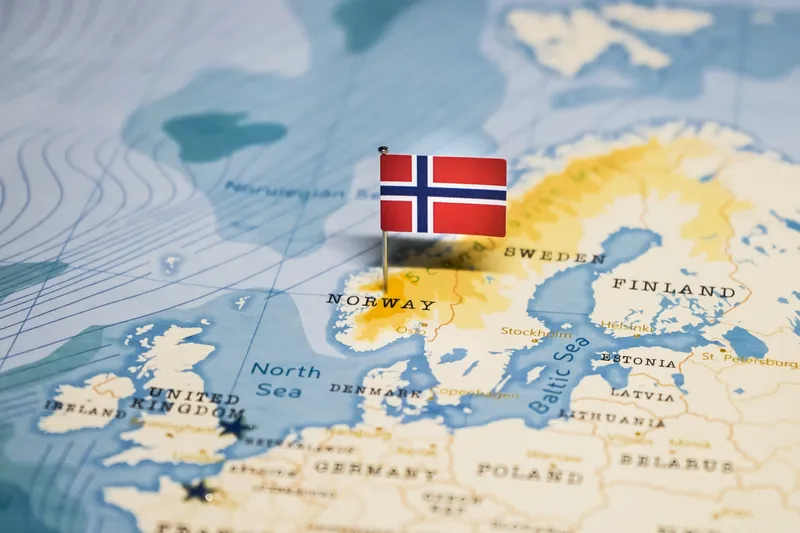Norway’s Ministry of Transport and Communications wants to curb the construction of new roundabouts in the Scandinavian country.
The ministry reportedly wrote to the Public Roads Administration (Statens vegvesen) in mid December, asking that new main roads have no roundabouts. Also, the ministry wants new roads to be located if possible built outside of large settlements to avoid the need for traffic calming measures, such as speed bumps.
But the Public Roads Administration has pushed back, replying t
January 21, 2015
Read time: 2 mins
Norway’s Ministry of Transport and Communications wants to curb the construction of new roundabouts in the Scandinavian country.
The ministry reportedly wrote to the Public Roads Administration (1208 Statens vegvesen) in mid December, asking that new main roads have no roundabouts. Also, the ministry wants new roads to be located if possible built outside of large settlements to avoid the need for traffic calming measures, such as speed bumps.
But the Public Roads Administration has pushed back, replying that it already has a restrictive policy on where to locate roundabouts, However, the agency said it will consider what further can be done practically.
The Ministry of Transport and Communications acknowledged that there could be instances where a roundabout would be the most cost efficient way of ensuring good traffic flow, but this would have to be decided on a case-by-case basis.
So-called small roundabouts, where approaching vehicles yield to vehicles already travelling around the roundabout, were introduced from the United Kingdom into Norway in the early 1980s.
There are now more than 2000 roundabouts in Norway, according to a report Kristian Waersted, a senior principal engineer with the Public Roads Administration. Waersted presented a paper at the Nordic Traffic Signals Conference in Stockholm, Sweden, last May.
Waersted noted in his paper that, “For safety reasons, Norway and several other countriess gradually went from the English layout designed for maximising traffic flow and traffic numbers to a design with narrower arms.
The safety debate continues over the traditional intersection with traffic signals and roundabouts.
The ministry reportedly wrote to the Public Roads Administration (
But the Public Roads Administration has pushed back, replying that it already has a restrictive policy on where to locate roundabouts, However, the agency said it will consider what further can be done practically.
The Ministry of Transport and Communications acknowledged that there could be instances where a roundabout would be the most cost efficient way of ensuring good traffic flow, but this would have to be decided on a case-by-case basis.
So-called small roundabouts, where approaching vehicles yield to vehicles already travelling around the roundabout, were introduced from the United Kingdom into Norway in the early 1980s.
There are now more than 2000 roundabouts in Norway, according to a report Kristian Waersted, a senior principal engineer with the Public Roads Administration. Waersted presented a paper at the Nordic Traffic Signals Conference in Stockholm, Sweden, last May.
Waersted noted in his paper that, “For safety reasons, Norway and several other countriess gradually went from the English layout designed for maximising traffic flow and traffic numbers to a design with narrower arms.
The safety debate continues over the traditional intersection with traffic signals and roundabouts.







